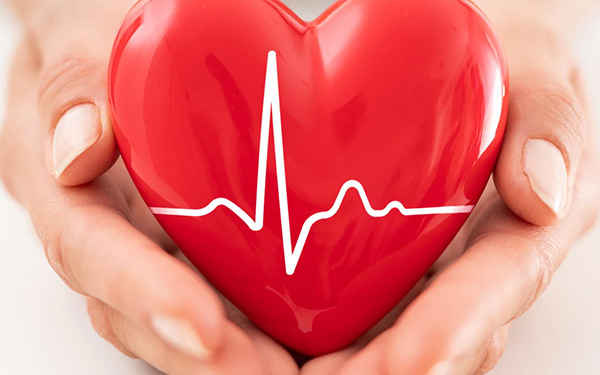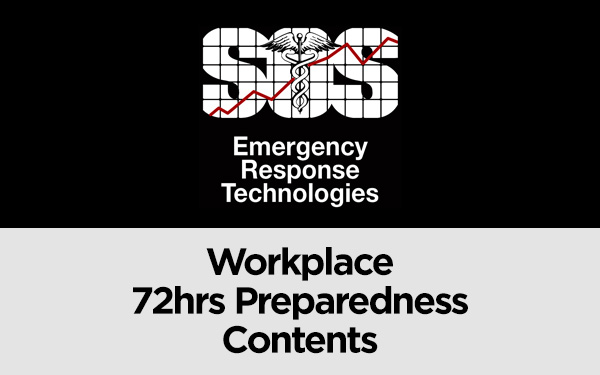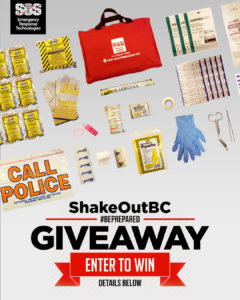
It’s Heart Month
Heart Health: The Importance of a Healthy Lifestyle
 Heart disease is a leading cause of death in Canada, with an estimated 35,000 cardiac arrests occurring each year. February is designated as Heart Month, a time to raise awareness about the importance of heart health and the steps we can take to protect ourselves.
Heart disease is a leading cause of death in Canada, with an estimated 35,000 cardiac arrests occurring each year. February is designated as Heart Month, a time to raise awareness about the importance of heart health and the steps we can take to protect ourselves.
Understanding Heart Disease
Heart disease, also known as cardiovascular disease, refers to a range of conditions that affect the heart and blood vessels. These conditions can lead to heart attack, stroke, or other cardiovascular events. Risk factors for heart disease include high blood pressure, high cholesterol, smoking, obesity, physical inactivity, and unhealthy diet.
The Benefits of a Healthy Lifestyle
Leading a healthy lifestyle is one of the best ways to reduce the risk of heart disease. By making healthy choices, you can help keep your heart and blood vessels healthy, reducing the risk of heart attack, stroke, and other cardiovascular events.
A healthy lifestyle includes:
- Eating a healthy diet that is low in salt, saturated and trans fats, and added sugars
- Maintaining a healthy weight
- Being physically active
- Not smoking
- Limiting alcohol consumption
The Importance of Regular Exercise
Physical activity is a crucial component of a healthy lifestyle. Regular exercise can help you maintain a healthy weight, reduce stress, and improve your heart health. Aim to get at least 30 minutes of moderate physical activity, such as brisk walking, every day. You can also add strength training to your routine to improve your overall heart health.
Maintaining a Healthy Diet
A healthy diet is also essential for heart health. Eating a diet that is high in fruits, vegetables, whole grains, and lean proteins can help reduce the risk of heart disease. On the other hand, a diet that is high in salt, saturated and trans fats, and added sugars can increase the risk of heart disease.
The Importance of Monitoring Your Heart Health
Regular check-ups with your healthcare provider can help monitor your heart health and identify any potential risks early. This includes monitoring your blood pressure, cholesterol, and other important markers. If you have a family history of heart disease or other risk factors, your healthcare provider may recommend additional screening or lifestyle changes to reduce your risk.
Taking care of your heart is crucial for a long and healthy life. By adopting a healthy lifestyle, monitoring your heart health, and seeking medical advice as needed, you can help reduce the risk of heart disease and improve your overall well-being.






